A trek through the Himalayas sounds exciting. Whether easy or tough level, maintaining your energy levels and precautions to avoid dehydration is a crucial step.
In any trek, on average, an individual has to hike for 5 to 6 kilometers every day with a backpack. Sometimes, when the ascent is steep or the trail is narrow, then it makes you more exhausted than usual. Meanwhile, the temperature and humidity impact your energy level as well.
As you climb up in the mountains, the oxygen level declines and consistent physical exertion drains your energy. However, due to ignorance or limited water resources, people avoid consuming liquid, and it leads to health issues like dizziness, weakness, nausea, and sometimes low blood pressure.
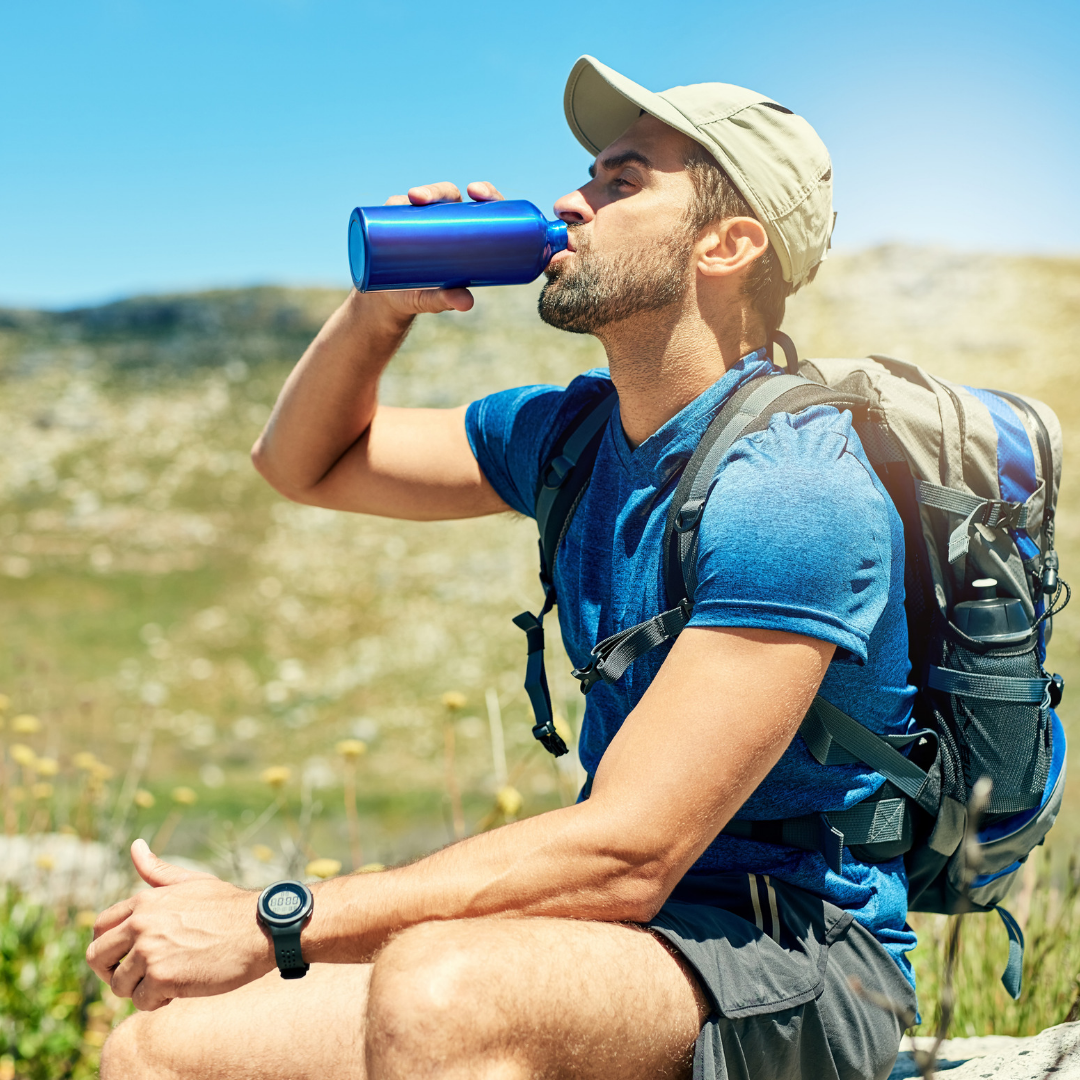
This is how dehydration can become an unexpected concern while trekking. In a nutshell, being hydrated is crucial, especially when you go on a hiking adventure.
Therefore, here in this blog, we are guiding you with the importance of hydration, symptoms of dehydration, and proven ways to stay hydrated during the trek. These tips will surely help you out in fighting against dehydration and remain energized throughout your adventures.
Table of Contents
Why hydration is necessary?
Whenever you do any rigorous exercise your body warms up quickly, but the temperature of the body needs to be regulated, so you start sweating as a way of thermoregulation. Through sweating, your body cools down but loses water so you need to rehydrate yourself.
On the other hand, at high altitudes, when the weather is cold, you generally do not sweat while trekking. Here, most beginners make mistakes by assuming that “no sweating means no water loss and hence no need for water intake.”
In reality, the body even in cold weather undergoes thermoregulation by increasing the breathing rate leading to high evaporation of water content in the body.1
The crux is that whatever the weather is, your body loses water, electrolytes, and other minerals while trekking. Consequently, to rebalance the water and electrolytes ratio, you need to pay attention to your hydration level.
Symptoms of Dehydration
In high-altitude treks, due to cold weather, you don’t feel thirsty, but your body requires the water. To save yourself from dehydration, firstly you need to recognize the symptoms of Dehydration.
So go through the below-given symptoms one by one, and keep these in mind while hiking at high altitudes.
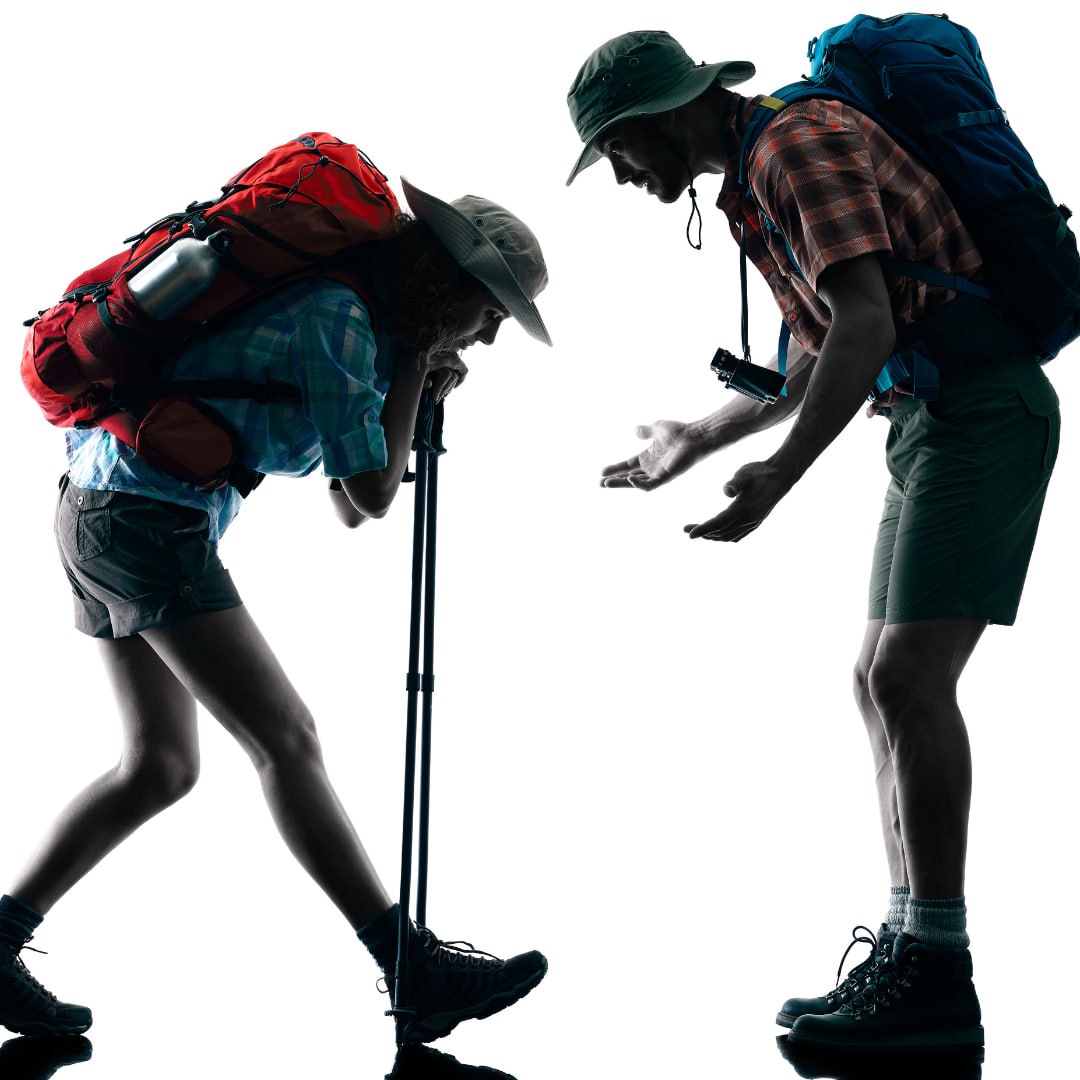
- Dizziness and Weakness
- Declining energy level
- Feeling dryness in the mouth
- Sticky Saliva
- Headache
- Nausea
- Fainting
- Irritation
- Sunken Eyes
- Muscle Cramps
- Low Blood Pressure
- Increasing Heart Rate
- Dark-coloured and Concentrated Urine
Proven Tips to Stay Hydrated
1) Carry a Water Bottle and With You
While packing the backpack for trekking, the most important thing is to include an insulated filtered water bottle. Before you leave the base camp, fill your bottle and keep a Glucon D packet.
During the trek, if you refill the water from any en-route water stream, then you can drink that without worrying about the water quality. Because a filter embedded in the bottle will make the water free of impurities.
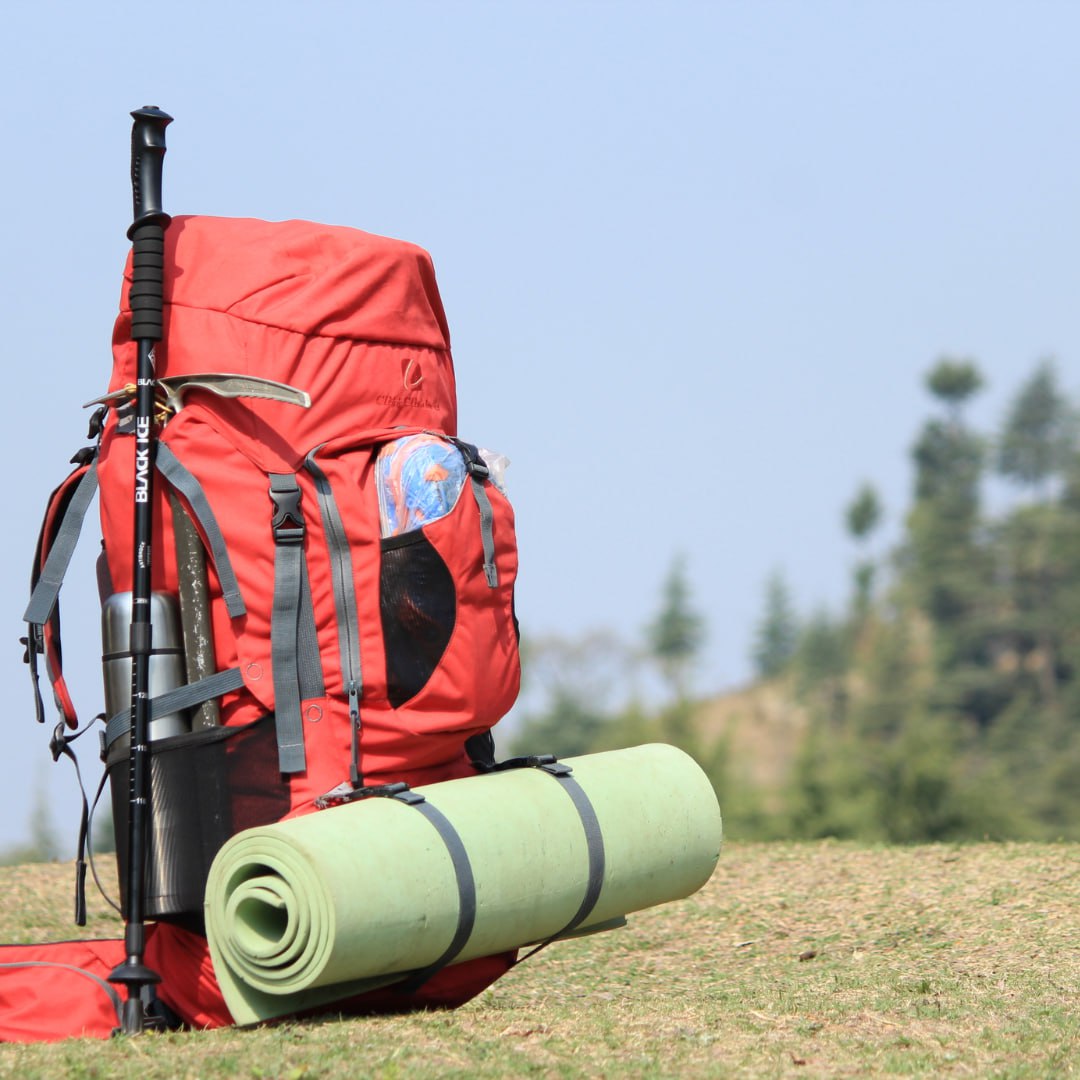
2) Include the ORS in your First Aid Kit
Before going on the trek, you must keep a first aid kit in your bag to tackle dehydration or any other health emergencies. To fight dehydration, you should include the ORS (Oral Rehydration Salts) in the kit.
These ORS sachets contain a combination of multiple electrolytes like Sodium, Potassium, Chloride, Citrate, and Dextrose. Buy ORS sachets or ready-to-drink compositions from any pharmacy store. This helps in restoring the electrolytes in your body and saves you from fainting.
The ideal way to consume it is by dissolving it in water. However, if you have ready-to-drink ORS, then there’s no need to mix it with water. Moreover, these ORS are available in different flavours like orange, apple, and mango, making them tasty to drink.
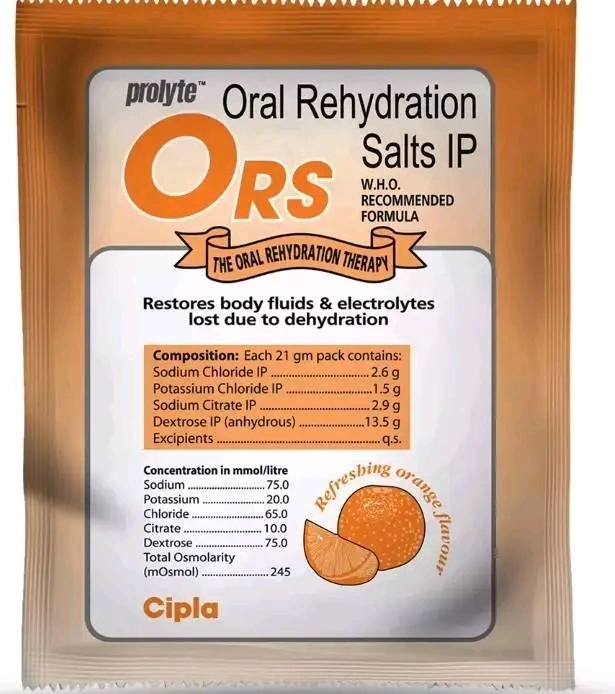
3) Set a Water Intake Reminder
To remind yourself to drink water at regular intervals, you can follow the rule of taking a few sips every half an hour. If you are the one who still forgets to drink water, then you should set an alarm on your watch or phone. The alarm ringing at regular intervals can help you maintain the proper intake of water.

4) Pack the Water Rich Fruits
Instead of oily junk snacks, you should include water-rich fruits in your tiffin box. Fruits like papaya, orange, watermelon, muskmelon, and cucumber have a high percentage of water and eating contributes to fulfilling the water demands of your body.
To avoid unnecessary weight in your backpack, you should pack these fruits after peeling and chopping.
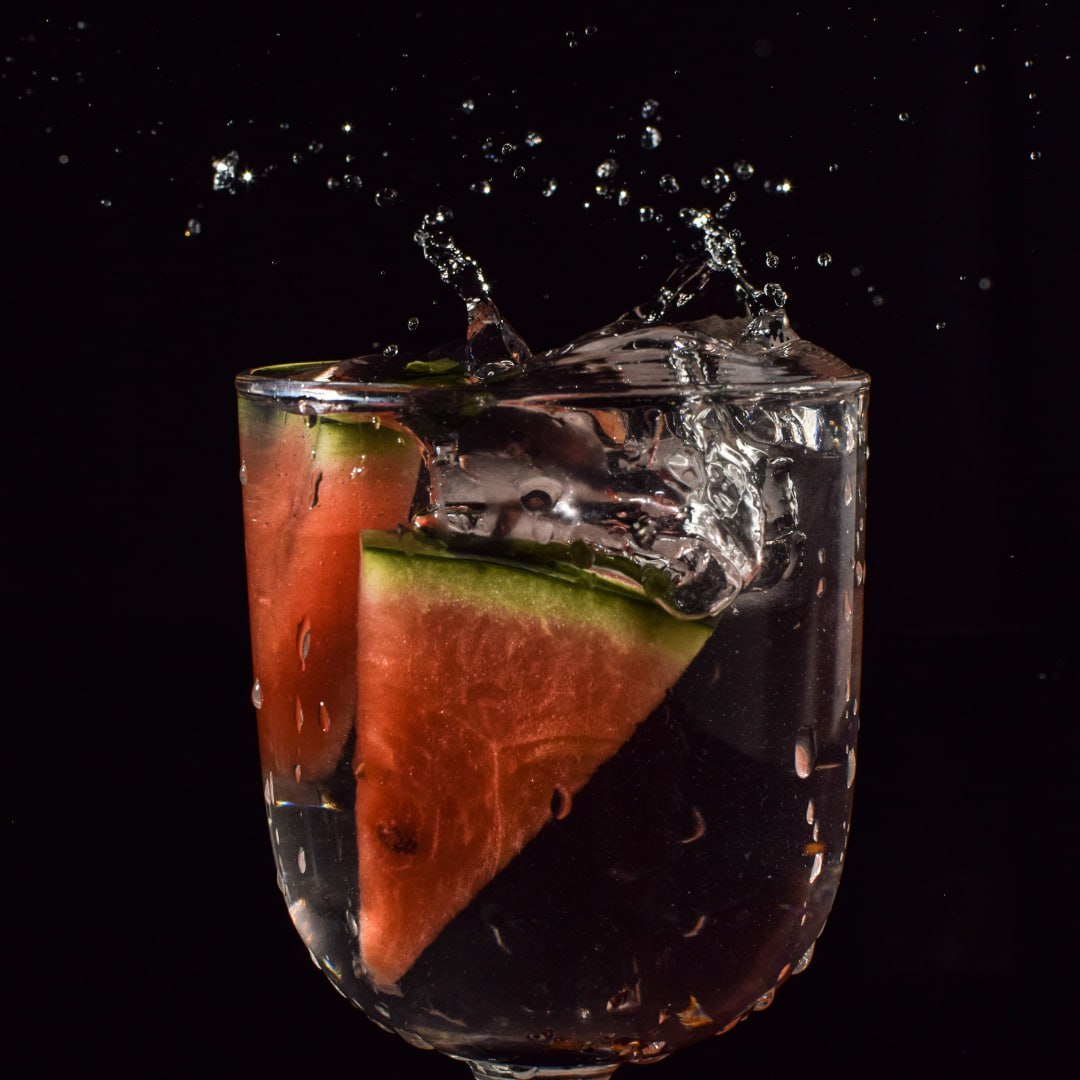
5) Electrolyte-rich foods and Drinks
During the trekking, your body stays in exercise mode for hours. So, to regulate the pH and hydration levels, your body utilizes the stored electrolytes. Along with the water, electrolytes play a crucial role in keeping you hydrated. Hence, you need to consume electrolyte-rich foods and drinks on the trek regularly.
Some fruits that contain high quantities of electrolytes are olive, banana, avocado, orange, spinach, watermelon, beetroot, almond, chia seeds, and other nuts.

6) Hydration Reservoir
To make the process of drinking water during trekking more effortless, you can try your hand at Water Reservoir. In this, a water bladder is kept inside your bag and the straw remains out for easy access. So whenever you wish to take a sip, it’s right there.
You can buy different capacity bladders as per your requirements of 1,2 or 3 litres.
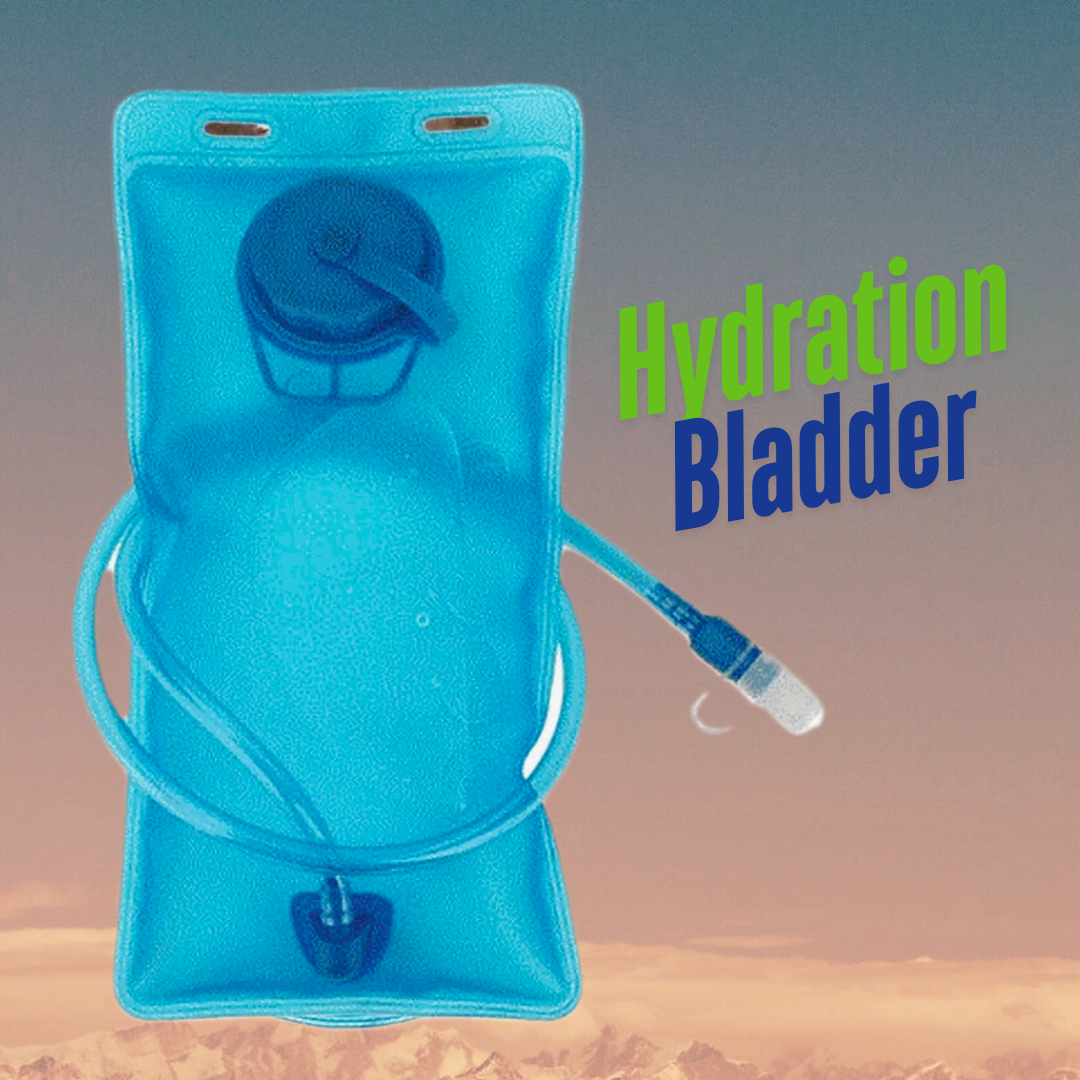
7) By Reducing loss of energy
To save energy on long treks, you can follow the “speak less” rule, carry only essential items which make the backpack light, and utilise the trekking gear like trek poles, boots, etc.
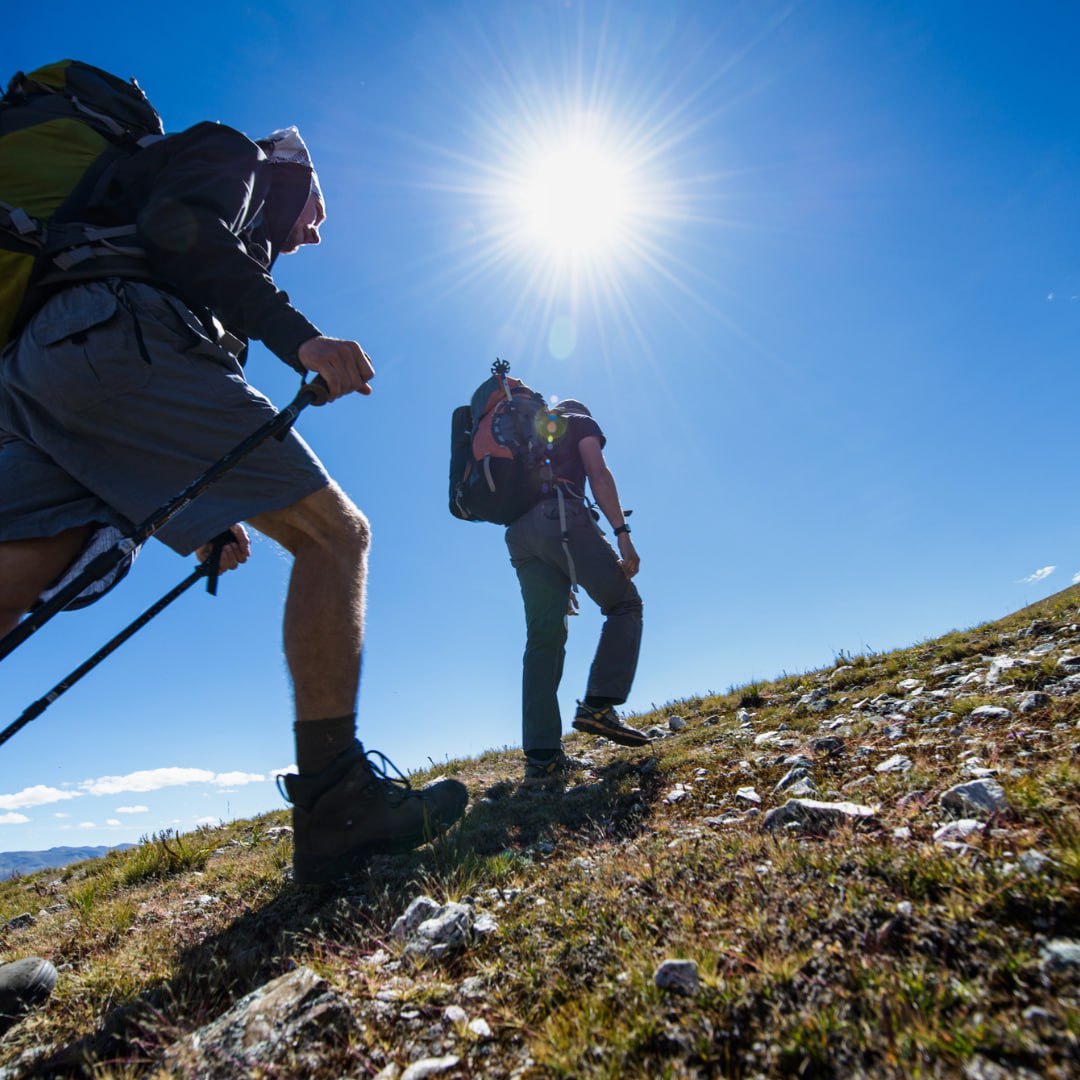
8) Protection from Sun Rays
If you are hiking in the summer season, when the sun’s rays are harsh, then your body will lose water rapidly. To diminish the impact of the sunrays wear a head cap, full sleeve cloths, UV protection sunglasses and apply sunscreen at regular intervals.
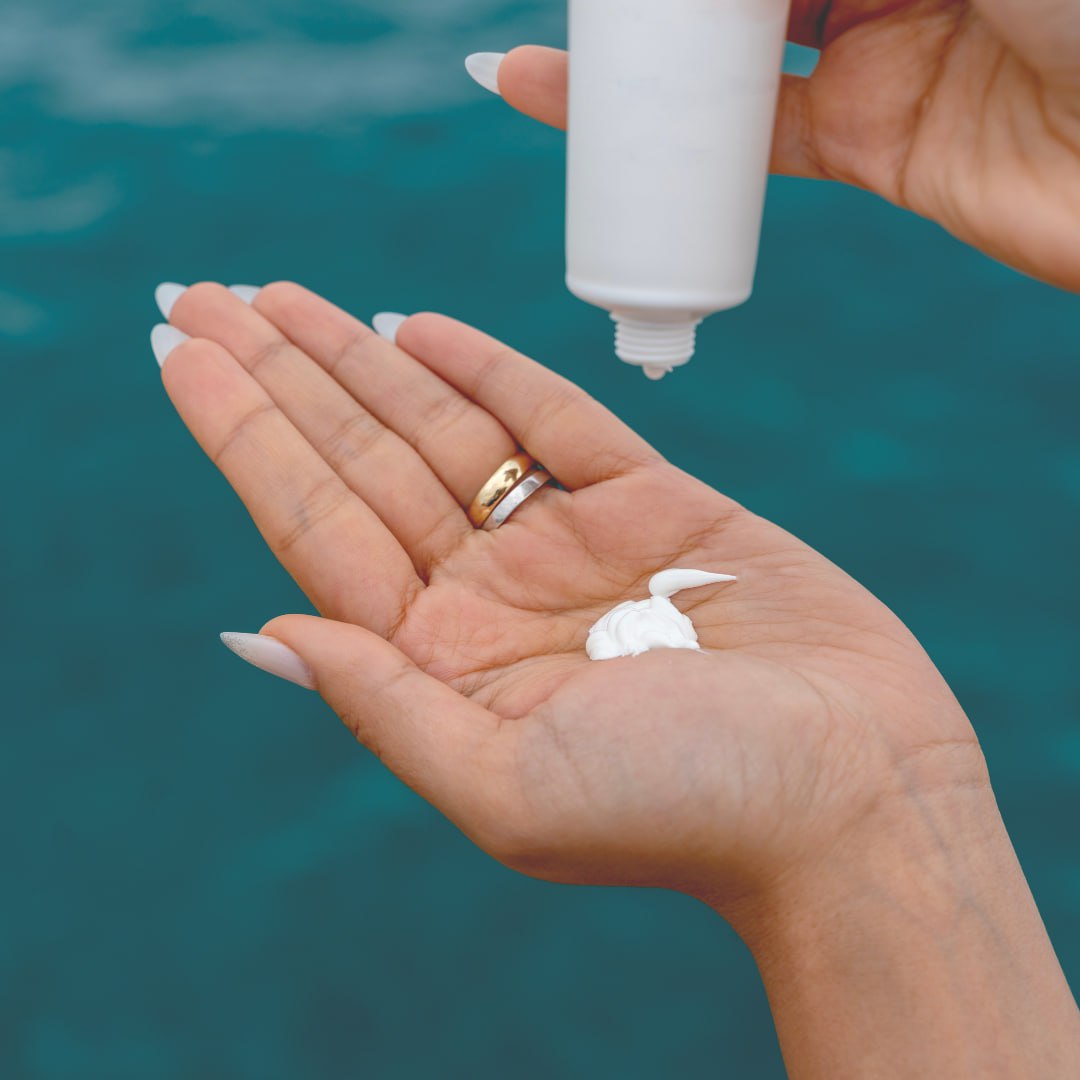
9) Confirm The Water Resources:
Before starting the hike ask your trek leader for water resources on the trail. This will help you plan how much water you need to carry. It’s always a good idea to keep two bottles of a litre each or better, you can carry a hydration pack.
Trekking trails usually have water resources along the way be it natural springs, glacier streams, or village dhara. Water streams are usually frozen during winter, therefore you need to be careful during winter treks.
10) Say No To Caffeine

On the trek, you should not consume Caffeine-containing drinks and chocolates. Caffeine has the property of diuretics, which lead to frequent urination and ultimately cause excessive water loss. Moreover, it masks the symptoms of dehydration.
11) Avoid Alcohol Consumption
If there is one thing that is a Big No during the trek, then it’s alcohol consumption. Alcohol, being a diuretic, increases urine production, imbalances the electrolytes, and consequently causes dehydration. Not only this, but it impacts your concentration, increases the blood flow and pushes you towards Altitude Sickness.
In all ways, it worsens the individual’s physical and mental state, which is risky at high altitudes. Besides this, being a sensible trekker, you should follow the principle of responsible tourism, in which polluting the Himalayas in any way is a sin.
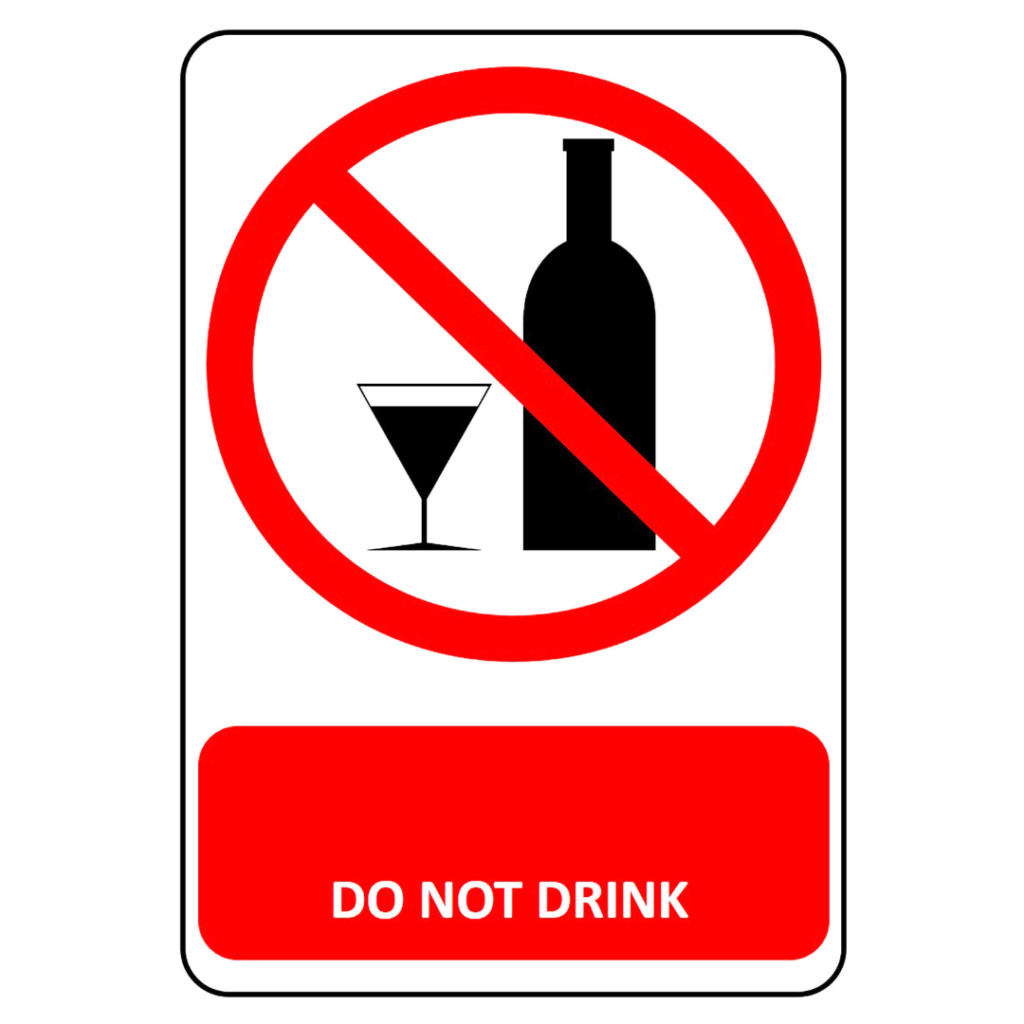
12) Listen to Your Body
When you are indulging in any outdoor activity, you should be aware of your health and listen to the body’s voice. For instance, if you are urinating less than normal or your urine is concentrated, you should immediately understand it as a signal of dehydration.
Another example is if you are fainting or feeling dizzy, then it might be due to the ill effects of dehydration.
So you should understand the body’s requirements at the right time especially when you are solo or without guidance, as it will save you from becoming a patient of dehydration.
If you are doing a guided trek then you must inform your trek leader immediately, as an expert they will be able to find the solution faster.
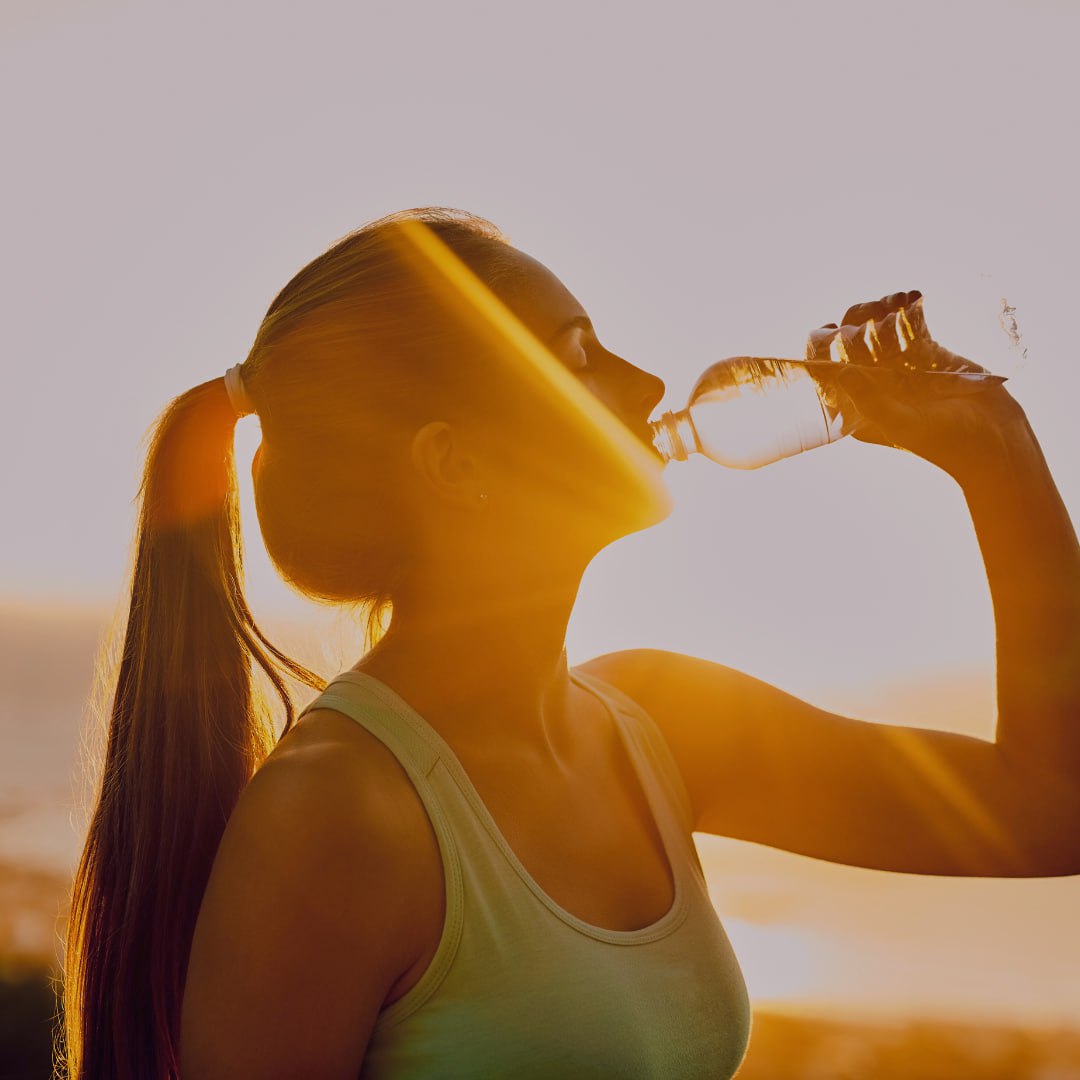
13) Start the day Hydrated
My uncommon water advice: start the day hydrated. Drink 0.5 liters before bed the day before you start the hike. Then before leaving the camp, drink as much as you can fit. – Said r/SvalbardCaretaker. This is a genuine tip that you can follow. It’s a well-known fact that our body is most dehydrated during the mornings. That’s why it’s recommended to during water just after you wake up.
What to do if Dehydration strikes?
If you or your trekmate fall into the trap of dehydration during the hike, then you shouldn’t panic. Following a few things, you can easily cure yourself. However, you must have a first aid kit in your backpack.
First of all, stop hiking and sit down in the nearest sitting spot. Thereafter, drink a solution of Oral Rehydration Salts (ORS) or a ready-to-drink one.
Instead of drinking ORS in one go, take small sips every 5 minutes. Once you finish drinking at least two glasses of water, then whatever fruits you have in your tiffin, eat those.
Doing this, hopefully, you’ll feel better. Then, you can massage your calves and just relax for 15 to 20 minutes or more until you feel better then continue your hike. This is how you can rehydrate yourself and be active again.
Summary
To experience the precious beauty of treks in the Himalayas, every individual needs to be physically and mentally fit. And in order to maintain your health while trekking, you should be aware of regular hydration. Unfortunately, if you are dehydrated then it can hinder your energy levels, and mood as well as cause other physical problems.
Therefore, considering health as a priority, you must be cautious about hydration during the trek. If you maintain your hydration level properly then it will fasten the post trekking healing as well.
To make you aware of the significance of hydration, we shared why it is necessary, how to recognise it, and the tips to cope with dehydration. We hope that in your next trek, you will flex your water bottle in front of scenic views and get to enjoy every moment in the Himalayas.
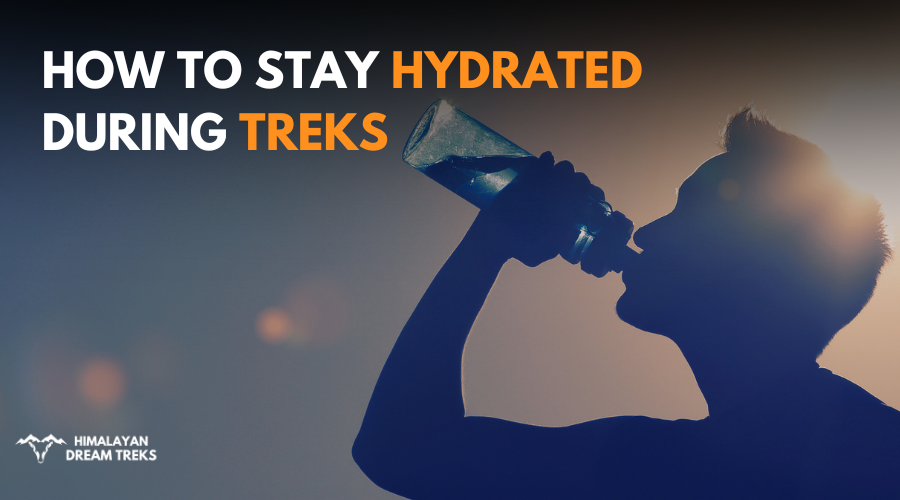
Leave a Comment